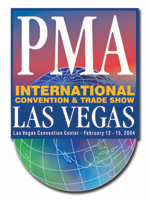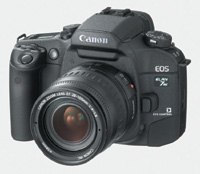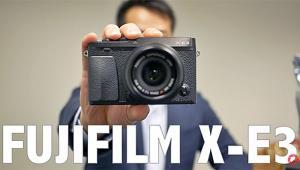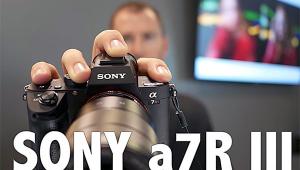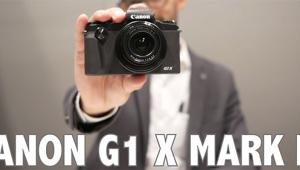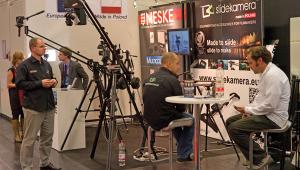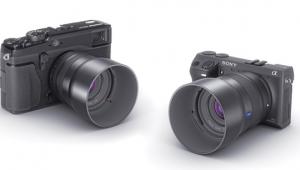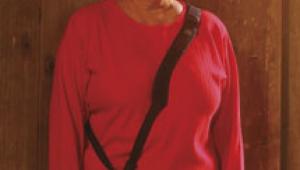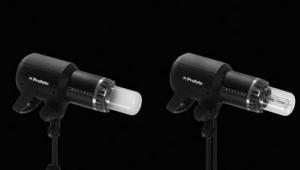New 35mm SLR And Rangefinder Cameras
Short On Intros, But Tall On Tech
Because the manufacturers
are devoting the vast majority of their resources to developing digital
equipment, we're seeing few new 35mm cameras. At PMA 2004 for
example, only Canon and Konica Minolta announced new 35mm SLRs and not
a single distributor showed a new rangefinder camera that accepts interchangeable
lenses. In spite of the widespread lack of interest in 35mm camera development,
the few new models are certainly worth considering. |
|
Minolta Maxxum Duo
|
|
The Maxxum 70 also includes
most of the advanced capabilities that we expect, such as three light
metering patterns; ISO and exposure overrides; nine shooting modes ranging
from Program to semiautomatic options to a fully manual mode; depth of
field preview; and more. In spite of its wealth of features, this model
is surprisingly compact (5.3x3.6x2.6") and lightweight (13.2 oz),
making it ideal as a camera for travel photography. Attractively priced
at $270, this handsome Maxxum camera should satisfy the needs of many
experienced photographers. |
|
EOS Cameras With Flair
|
|
Both new cameras employ a seven-point
AF system and they take advantage of the high-speed circuitry developed
for the EOS 10D. According to Canon, this technology allows these affordable
cameras to match the focus detection and lens drive speed of the professional
EOS-1V and EOS-1D. Their continuous framing rate is high, too: 4 fps in
One-Shot AF or manual focus, and 3.5 fps in Continuous AF, with nearly
silent film advance. However, the maximum sync speed remains a relatively
slow 1/125 sec. |
|
Premium-Grade Leica
Camera |
|
In Memoriam: A Death
Knell For The APS Format |
- Log in or register to post comments
